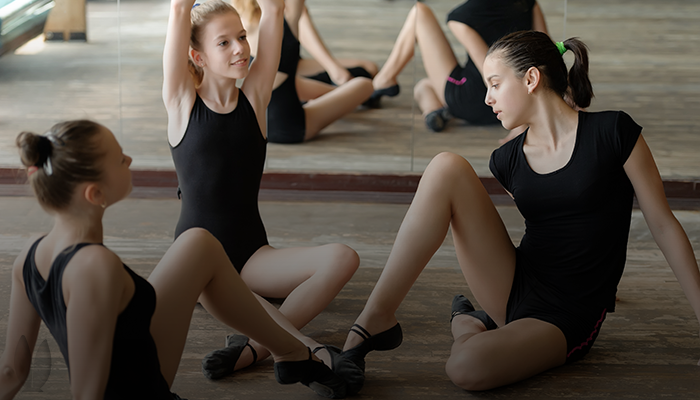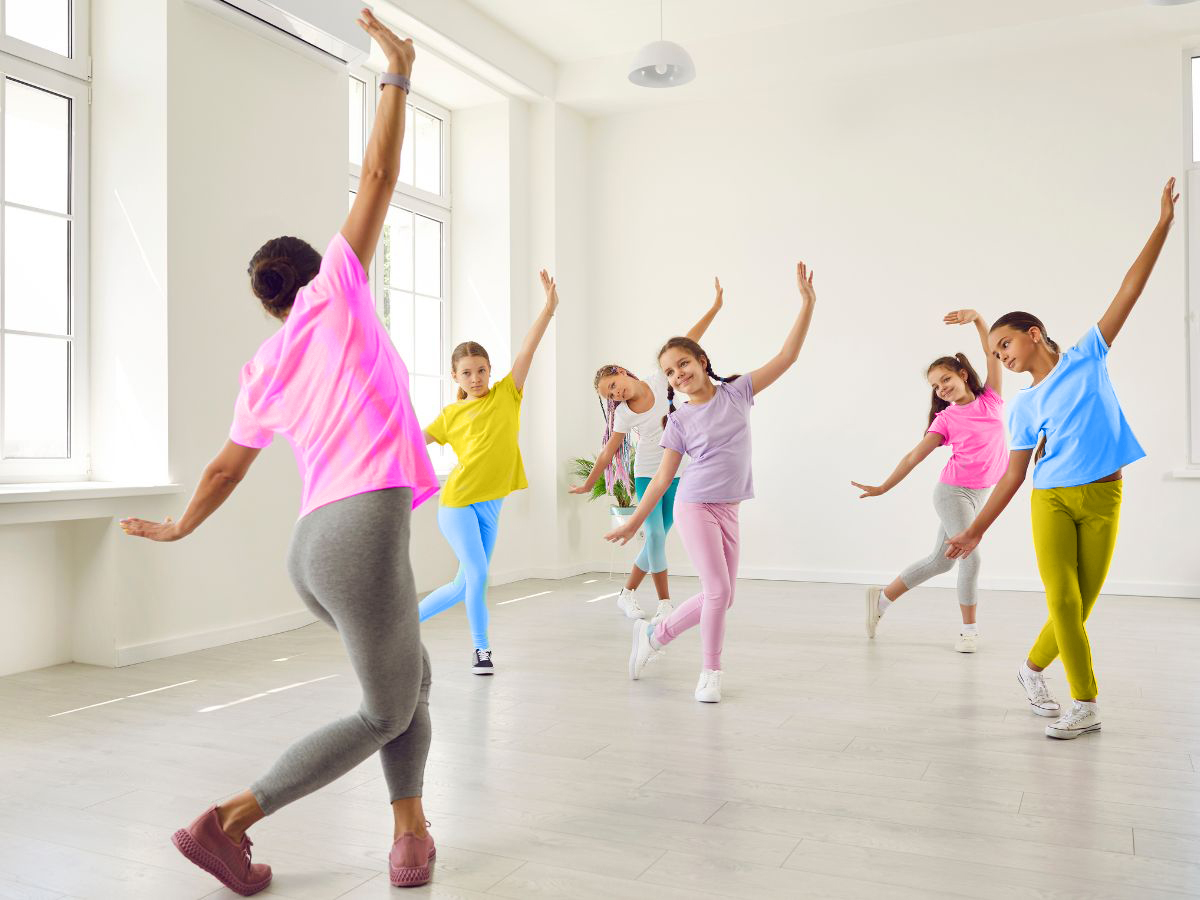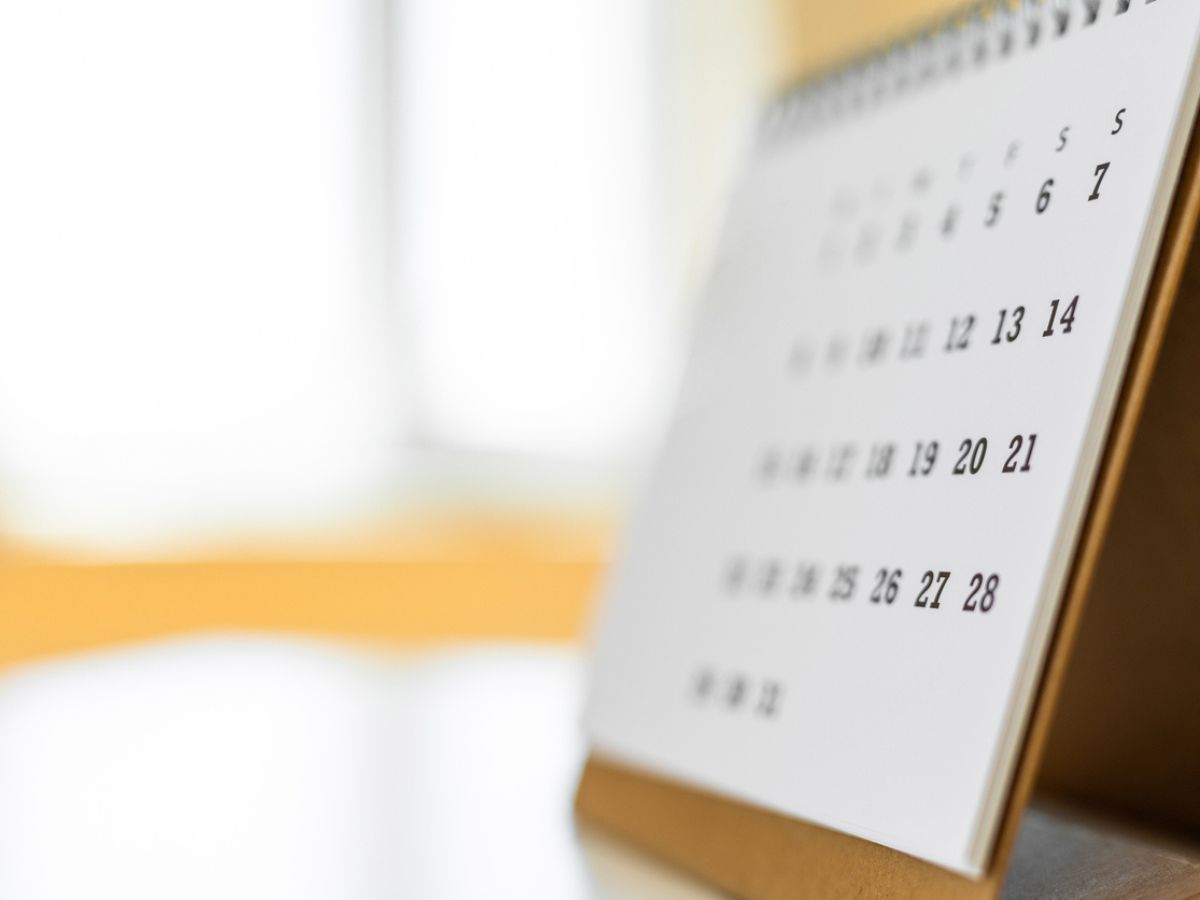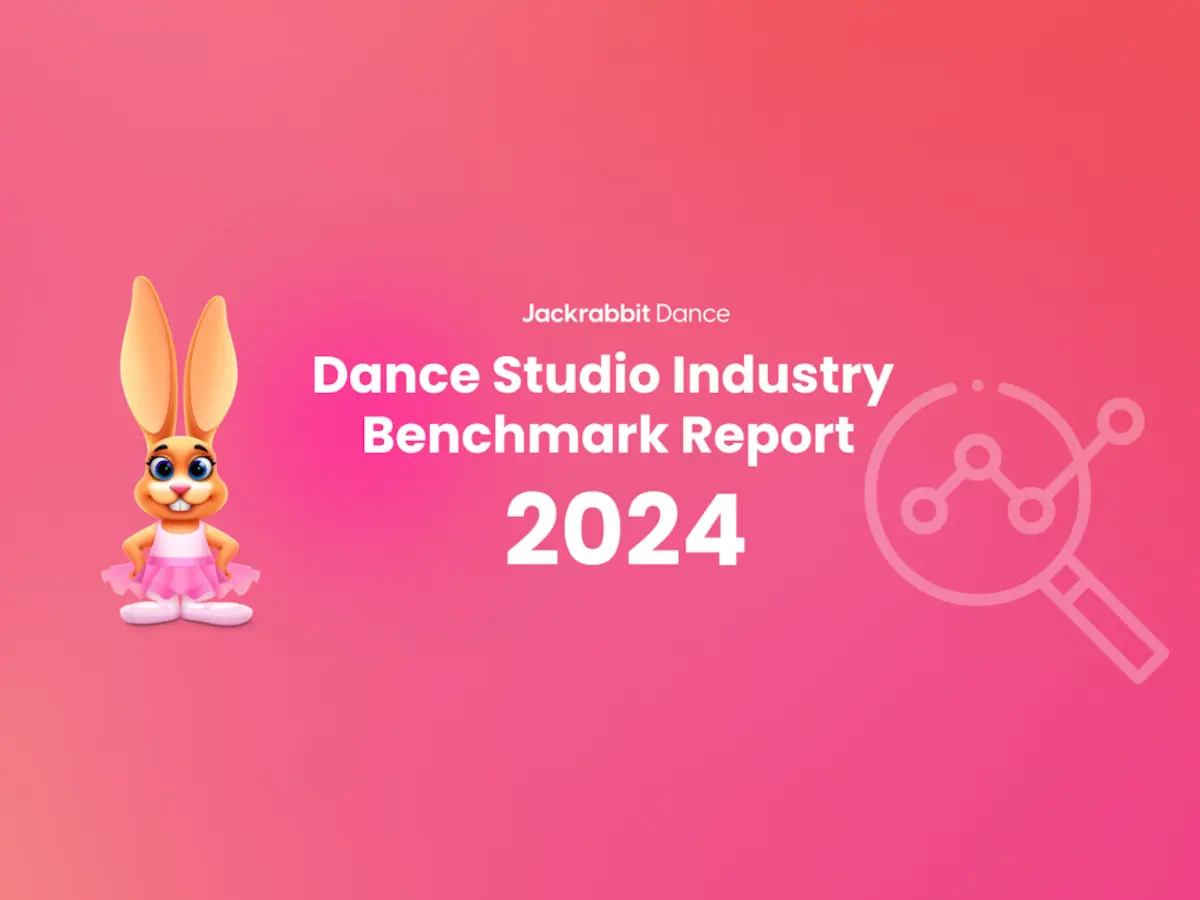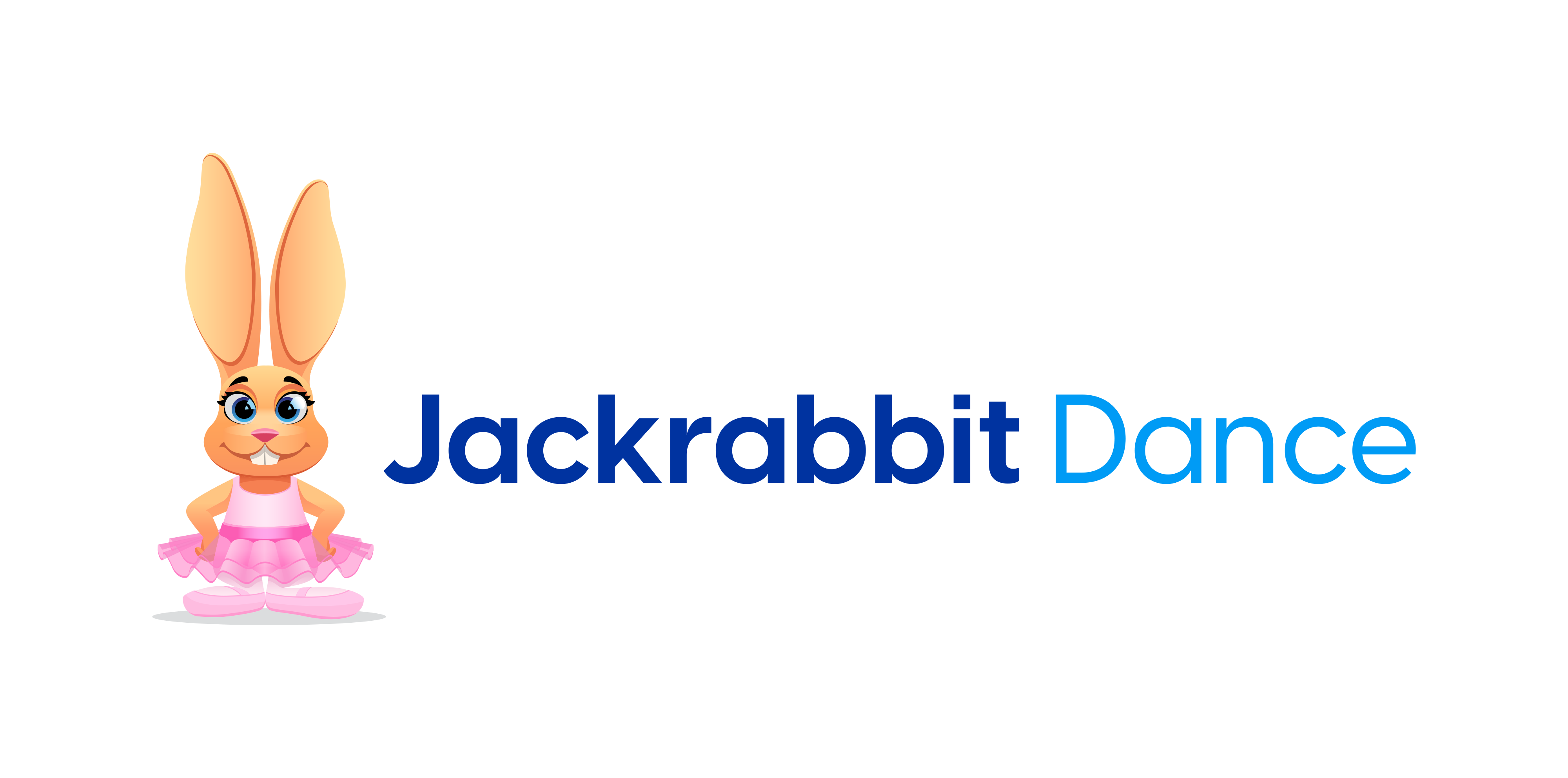You may think your body sounds like a box of cereal. But don’t worry. You’re not alone and – in most cases – the strange sounds your body makes are nothing serious. But pay attention to your body and learn what is normal for you. That way you can identify an unusual sound that could be a signal indicating you need to seek the help of your instructor, a therapist or a doctor.
There are a variety of noises: clicks, pops, squelches, crunches and cracks. What do they mean? Are these super powers, things that everyone else is noticing too or potential issues which you should tell someone about?
Clicking Feet, Popping Ankles, Crunching Knees, Popping Knees, Popping Hips, Cracking Back and Neck, Sweat Squelch … Sound familiar?
Clicking and popping of the feet and ankles is quite common among dancers. Most of the time, dancers affected by foot and ankle noises are dancing en pointe. The sounds are irritating – until you’re accustomed to them – and in the “typical” instances – don’t involve pain. If these noises are accompanied pain, seek a doctor’s help.
Crunching knees and popping knees are actually two different sounds. Crunching knees don’t feel as bad as they sound. They actually don’t feel like much of anything. But don’t confuse these with popping knees which actually sound much worse to bystanders than crunching knees. There are several common things that can cause knee pain for dancers. When you have knee pain accompanied by noises (just as with the noises that you hear from other parts of your body), you should consider it an alert and learn more about what is causing it and what you can do about it. Learn more.
Popping hips are a pretty common sound for dancers. Repeated popping – even if it’s painless – can irritate hip joints and cause problems later. Most of the time hip popping comes from muscle tightness which can be alleviated by consistent stretching; however, sometimes hip popping is a signal for more serious problems that can manifest in three potential areas: lateral, inner and front hip areas. Learn more about the specifics of popping in each of these areas.
Cracking of the back and neck – especially if it’s done regularly – may feel good at the time; however, in some folks this can cause noticeable back pain that may or may not go away. Many people with hypermobile ligaments crack their backs constantly; however, some people find that excessive cracking can make their already stretchy ligaments even stretchier. This makes the low back quite unstable and can lead to much pain.
With the back, it’s important to learn to stabilize the lower back using the deep small stabilizing muscles of the tummy and back. Learn how to do this properly and the back is fine. But keep it up or you’ll want to crack your back again.
The squeaky sweats. With perspiration comes sweating, and with sweating comes squeaking.
Sweating can be profuse and cause some other not-so-appealing things such as:
- Odor
- Sticky and wet
- Marks on leotard – everywhere
- Squeaks when legs rub together during moves or during moves with partners
Some dancers sweat more than others. But perspiration is nothing to be embarrassed about or worried about. It is a fact, that sweating is normal and healthy unless it is accompanied by pain and breathing problems. So apply your deodorant thoroughly and dance your heart out!
Here is some additional, general information about the noises a dancer’s body may make.
Lots of dancers click and pop. Just because it happens doesn’t mean it’s a good thing or that is it not immediately or eventually harmful to your body. The various clunks, pops, cracks, clicks, squeaking and grinding noises that emerge from our joints (especially in the mornings) can have many and varied causes. Sometimes the variety of sounds are due to tendons or muscles which are too tight. They flick over one another or release pressure from a joint. Noises can also be due to rough or broken cartilage in a joint, or even due to inflamed tissues being rubbed together.
Usually, a noise will indicate that something in your technique is making something in your body too tight or too loose. It is much better to correct the technique while it is still at the noisy stage, rather than wait for the pain to develop. A repeatable click will usually turn into a painful one if repeated often enough.
The trick to effectively stabilizing your joints is to learn how to activate all of the deep muscles that surround a joint in order to stabilize it. You need all of the big muscles on top to relax until they are required for movement. If the big movement muscles are gripping on all of the time, they will get tight and thickened and begin to crack or flick over other muscles and tendons.
Sources: The Ballet Blog, Dance Advantage, Dance Spirit







